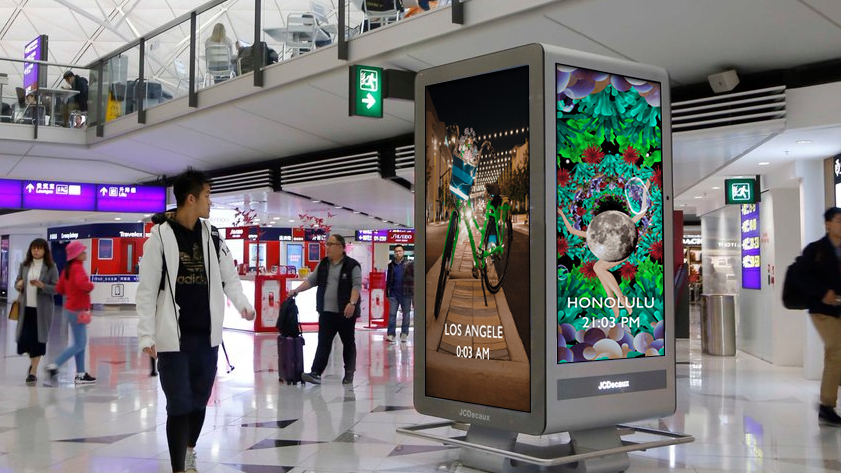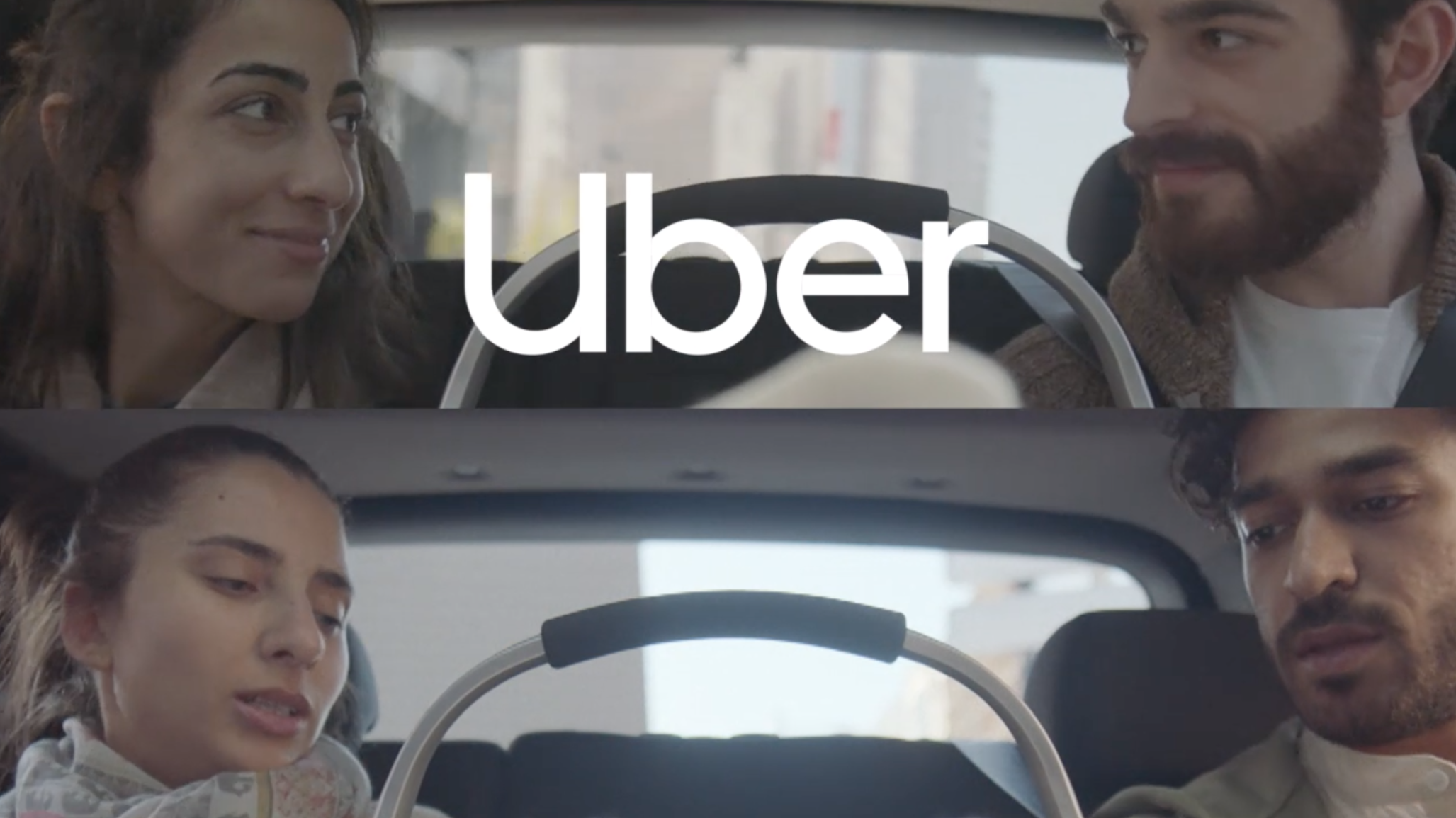How Brands of Any Size Can Deliver Modern, Personalized Content
As customer attention is placed more and more on a variety of digital channels, it’s increasingly important for organizations to appeal to them at the right place at the right time. The challenge? Most organizations feel limited—in terms of team size/bandwidth, awareness of local markets they might be catering to and more—in their ability to execute relevant, fresh content strategies.
From driving traffic to brand websites or engaging on social media with share-worthy, relatable content, a good content strategy is essential for boosting a brand’s presale capabilities. This is likely the reason why digital work makes up more than half of all US agency revenue today. So, how can brands of any size take better advantage of the technology available?
From dynamic videos to thousands of pieces of localized content for markets around the globe, a modern content strategy shouldn’t be out of reach for brands of any size.

Good Content Begets Better Content
This method of creating and distributing content is powerful because it can react to users’ experience along their journey. Think of it this way: good content leads to more sales, which feeds into welcoming new customers or building advocates through a great experience. This in turn should fuel your marketing efforts, opening a feedback loop: what about the customer experience really resonated? Where could messaging be stronger?
When it comes to marketing, I feel the traditional ad model sticks to a channel-based approach, but it’s important to remember that today’s consumers view digital as a series of experiences across several platforms and channels. Likewise, your content shouldn’t be relegated to a single channel—don’t set up a blog and call it a day. Instead, you should relate to the user on all the platforms they visit across the user journey in a way that makes sense, then use that activity to better inform your content and continue to provide value. While the model of expanding a big idea worked in the past, it doesn’t translate well to digital. A modern content strategy instead starts with a strategic foundation, which is then retailored, varied and personalized across the different platforms available, which in aggregate build into a creative direction.
The good news is that today we have a myriad of new ways to give context through content, allowing for more engaging experiences that relate to the users no matter the platforms they frequent. By making use of the latest technologies available, brands of all sizes can boost their creative capabilities and deliver more engaging content at scale, paving the way for better customer experiences.
The best place to begin devising a content strategy is to define your organization’s purpose.

But before going further, let’s make sure we’re all on the same page for what a content strategy is. Your content strategy encompasses the planning and development of all consumer-facing communication from your organization, including your CEO’s talking points, your PR strategy, how you introduce your organization in interviews and more. As the VP of Marketing at MediaMonks, I’ve led content marketing initiatives for organizations of all sizes. Through that experience, I’ve discovered a few strategies and takeaways for how brands big and small can take a more modern approach to their blog content.
The best place to begin devising such a content strategy is to define your organization’s purpose, so take a moment to consider your brand’s purpose and what it wants to achieve. Honing in on a purpose is easier for some brands than others; challenger brands by their very nature exemplify some sort of purpose, for example, while legacy brands might struggle to articulate the heritage and personality that they’ve built up within a fast-changing landscape.
Speak to Experiences
Today’s consumers are more concerned with experience than product. This shift might prompt a best-in-class grill manufacturer, for example, to devise a content strategy focused more on celebrating the act of grilling than the grill itself. Through content that seeks to inspire and inform, a key purpose for such a brand would be helping people make memories together.

BBQ Cultures is a fully integrated campaign in which Weber celebrates the different ways cultures relate to grilling.
If you’re uncertain on how to articulate your purpose, begin with your most profitable offering or differentiated value. From there, consider the white spaces—the stuff your audience is working to resolve or understand. This process helps you define talk tracks, or a handful of topics that your content will focus on. You should be able to examine a talk track from several viewpoints; for example, a talk track about “emerging tech” can explore AR, VR, artificial intelligence and more in terms of both their development, benefits and challenges. For our grilling example above, cultivating a sense of togetherness was key, which manifests in recipes, inspiration for entertaining or helping prospects discover which features of a grill or its accessories suits their lifestyle.
It may be tempting to chase several talk tracks, but keep it down to only three to five. Since you’ll consistently measure effectiveness for your content, you can always switch up or change talk tracks later.
The Demographic Death-Knell
On a basic level, you’ll need to divide your content up on where it sits within the sales funnel: whether someone is researching your product for the first time, is coming back from a retargeting campaign or is a repeat customer. Each step of this journey offers different questions the customer needs answered, which your content should support.

The content on these pillars made by JCDecaux react to live data, like changing language near baggage carousels based on flight origin.
In addition to planning around specific steps of the funnel or consumer journey, specific forms of content should be built around user personas: who are your best customers, and what do they respond to? How does that differ from your second-best? How do different talk tracks relate to different segments? When developing personas and segments, it’s better to group users by preferences and interest than demographics. Why? Because demographics are dead: an older, midwestern man who likes American Crime Story might have more interests in common with a teen girl from LA who also likes the show, than his own demographic peers. Simply put, “Demographic information doesn’t tell us anything,” says MediaMonks Founder and COO Wesley ter Haar. “It’s all about the user’ preferences.”
Defining personas makes it easier to develop content because you know what sort of things to include or exclude. If writing for an individual who prefers content geared at business-related tips and tricks, but also watches sports and is interested in local events, you know to play up those preferences in your content. Some organizations have several personas to accommodate; for example, a travel booking site would need to generate content for all their destinations, and perhaps interests as well—is the customer a partier, someone who likes historical places, a foodie? For organizations who need to develop content on a large scale, we offer them a modular approach: where we define what variables exist in your content, which can be tweaked and revised in different ways for different personas. With this plug-and-play, modular method, we’re not just generating content but creating an entire content framework that not only targets users but A/B tests what’s effective. This lets us dynamically produce content without additional cost.

This transcreated Uber campaign gives the same selection of narratives a local feel across 11 markets.
These kinds of assets at scale are increasingly necessary with the rapid demand for always-on, personalized content. From dynamic videos custom-built to preferences without any user input to thousands of pieces of localized content for markets around the globe, brands face many challenges in providing timely, relevant content at scale. Even though most brands don’t have the resources that Netflix or Amazon do—which have perhaps two of the most-effective recommendation engines in the world—partnerships can help them fill those gaps. For those just starting out and who prefer a little more flexibility, an embedded team that can handle your content production is easily capable of scaling up if your needs or situation change.
For example, we just announced a new always-on content hub that will accommodate Avon’s million representatives spread across more than 50 markets. These assets are designed to maintain brand consistency while allowing representatives room to customize to their local markets’ needs. With each piece of content tailor-made for different channels, reps can effectively engage with their customers and clients wherever they’ve built those relationships—whether it be Facebook, Instagram, WhatsApp or somewhere else. In addition to reaching consumers in more relevant ways, the move helps Avon provide its reps with more autonomy in their messaging without risking the brand’s identity, supporting digital growth in the process.
Related
Thinking
Sharpen your edge in a world that won't wait
Sign up to get email updates with actionable insights, cutting-edge research and proven strategies.
Monks needs the contact information you provide to us to contact you about our products and services. You may unsubscribe from these communications at any time. For information on how to unsubscribe, as well as our privacy practices and commitment to protecting your privacy, please review our Privacy Policy.



